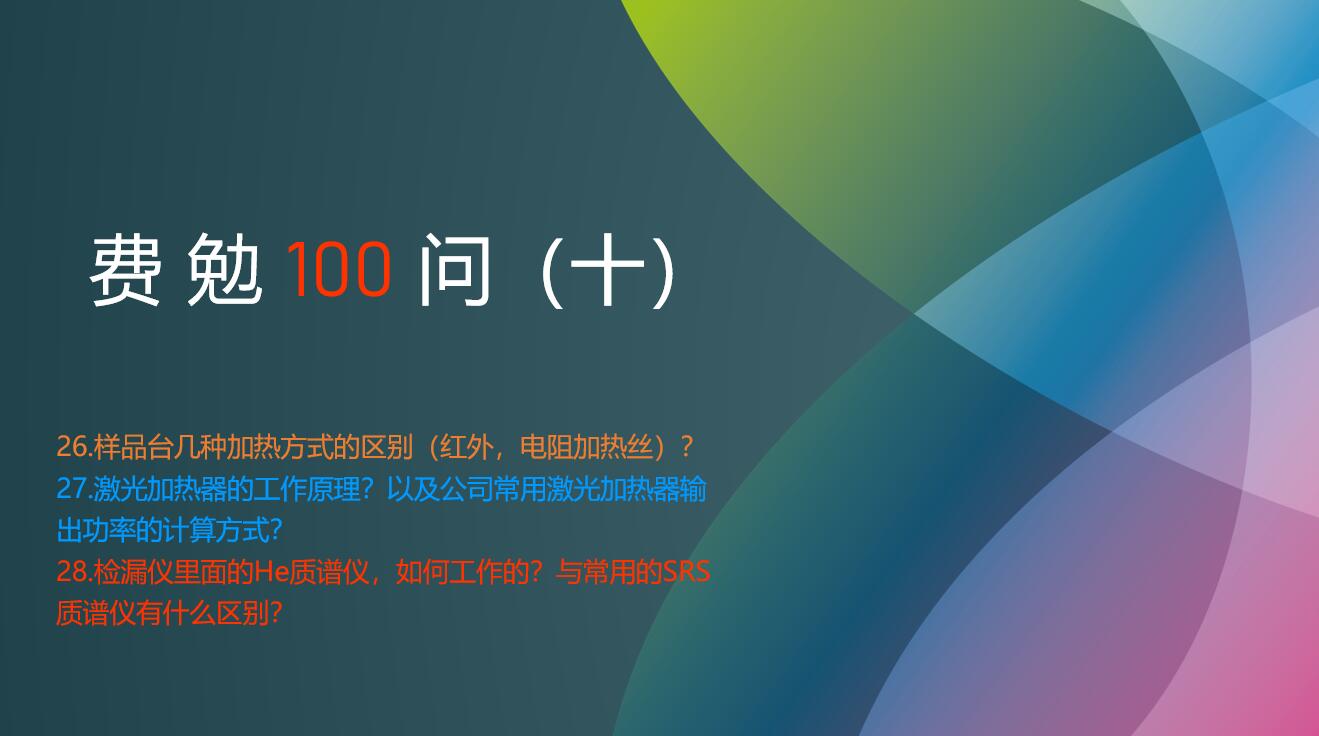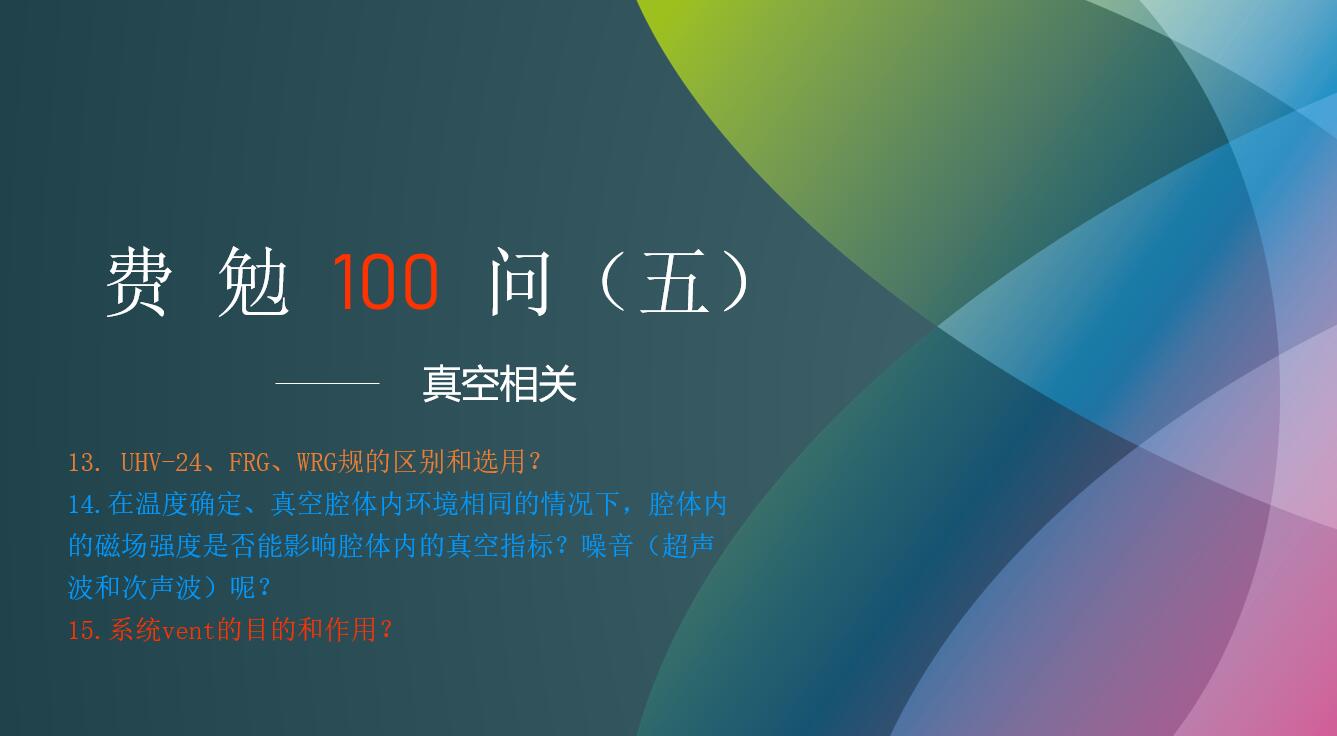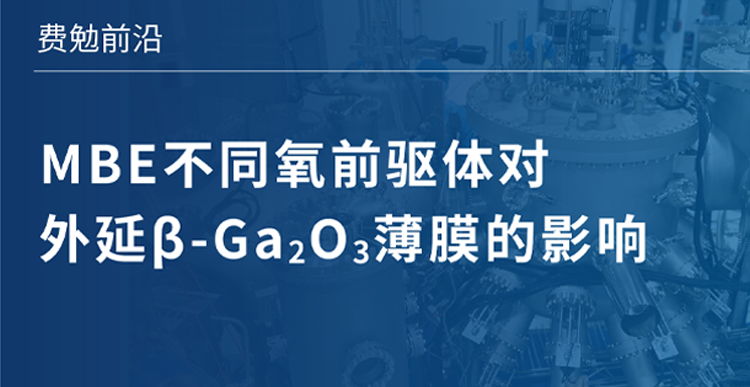 Your current location: Home > Technical Support > Popular Science Column > Fermion 100 Que...
Your current location: Home > Technical Support > Popular Science Column > Fermion 100 Que... The above question is a bit vague, because resistance wire heating sample stage and infrared heating have a certain overlap. To explain this problem clearly, we must first classify the heating methods. According to the form of heat conduction, there are three main ways to transfer different heat:
● Convection
Among them, convection is rare inside a vacuum, but it is not absent. For example, the convection performance of rarefied helium can be used for shock absorption and heat conduction; the main heat transfer inside a vacuum depends on thermal contact and radiation heat transfer.The so-called thermal contact is relatively easy to understand. It is generally used in low-temperature areas. The main medium is high thermal conductivity metals such as copper and aluminum. It relies on a good contact surface to improve the efficiency of heat conduction. It is often necessary to use a flexible medium (such as In) on the contact surface and increase pressure on the contact surface to improve thermal conductivity.
Radiative heat transfer is much more complicated. The radiation can be in the form of infrared, laser, or even electron beam or ion beam. We often say that resistance heating is to use infrared radiation to heat the sample, but this method has limitations, because as the sample reaches a high temperature, the sample itself also emits infrared rays, especially as the sample temperature rises, the absorption and emission of infrared radiation will tend to balance, and it is difficult to use infrared radiation to reach a higher temperature at this time, so we generally do not exceed 1000℃ for resistance heating, and the conventional index is generally 800℃.
In order to achieve higher temperatures, there are two common methods. One is to use an infrared radiation source with a higher energy density. The more common method is to use an infrared laser. Because of the collimation and high energy density of the laser, hundreds of watts of energy can be focused on a millimeter-level point, so the heating efficiency will be much better than conventional resistance heating, and even a small sample can be heated from room temperature to 1000℃ in 10s.
Due to the cost of lasers and the safety temperature of high-power lasers, another common method in actual experiments is electron beam heating, which is only one step away from conventional resistance heating. Generally speaking, if the high voltage is removed from electron beam heating, it is a conventional resistance heating module. If we add high voltage to the filament or sample, we can upgrade the resistance heating to electron beam heating. At this time, the thermally emitted electrons on the filament will be directed to the sample, thereby achieving concentrated and high-density energy transfer.
27.How does the laser heater work? And how to calculate the output power of the laser heater commonly used by the company?
Conventional vacuum heating methods include resistance thermal radiation heating or electron beam bombardment heating, which are highly dependent on vacuum.
Conventional tungsten and tantalum heating wires can only guarantee a relatively long life in ultra-high vacuum, while the alternative precious metal alloy wires, such as platinum-rhodium wires, have requirements for the atmosphere, otherwise they will participate in the reaction or interfere with the experimental process; in addition, the conventional thermal radiation or electron beam bombardment methods will significantly reduce the heating efficiency when the vacuum deteriorates. The main reason is that the denser gas molecules absorb infrared radiation and electron beams, causing the power at the actual sample to drop rapidly.
In order to meet the user's heating needs under near-normal pressure and special atmosphere, laser heating has been developed and widely used in different experimental fields. Laser heaters use photons to excite electrons in the material as a heat transfer carrier, or generate Joule Heating through electric current. "Hot processing" has a laser beam with a high energy density (it is a concentrated energy flow) that irradiates the surface of the processed material. The surface of the material absorbs the laser energy and produces a thermal excitation process in the irradiated area, thereby causing the temperature of the material surface (or coating) to rise, resulting in metamorphosis, melting, ablation, evaporation and other phenomena.

Compared with traditional electric heating methods, laser heating does not need to consider vacuum internal circuit loss and thermal insulation issues, and does not need to consider the design of shielding layer, and the equipment design is simpler. The power is concentrated and the heat loss is small. A laser with a rated power of 200W can have a maximum output power of more than 300W. It is concentrated in a very small area and can quickly heat the sample to over 1000℃.

The current laser operating voltage is 12V, and the output power = 12V × set current.
28.How does the He mass spectrometer in the leak detector work? What is the difference with the commonly used SRS mass spectrometer?
The working principle of the SRS mass spectrometer is quadrupole mass spectrometry, which selects charged particles with different nucleus-mass ratios by applying AC and DC bias to the quadrupole. Its structure is more complex and is suitable for mass spectrometry scanning analysis over a wide range.
As for the quadrupole in the leak detector, since it has been determined that the test object is He, the actual structure will be simpler. Basically, the sensitive area is around 4. In actual operation, it only needs to be slightly adjusted to ensure that the most sensitive test area is for He.


